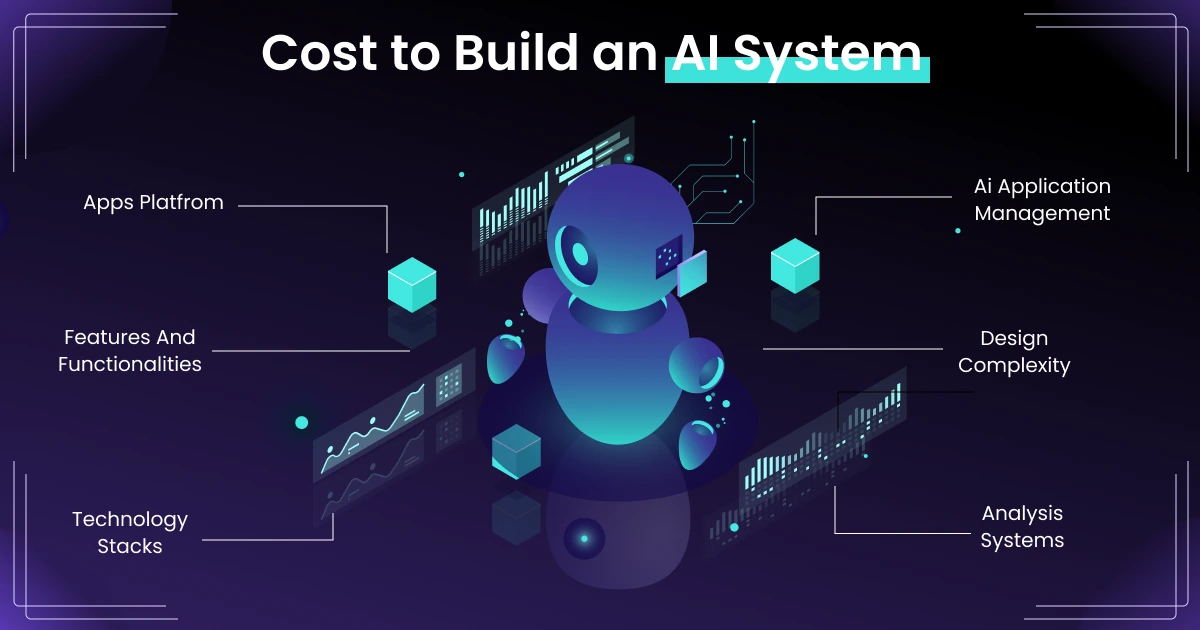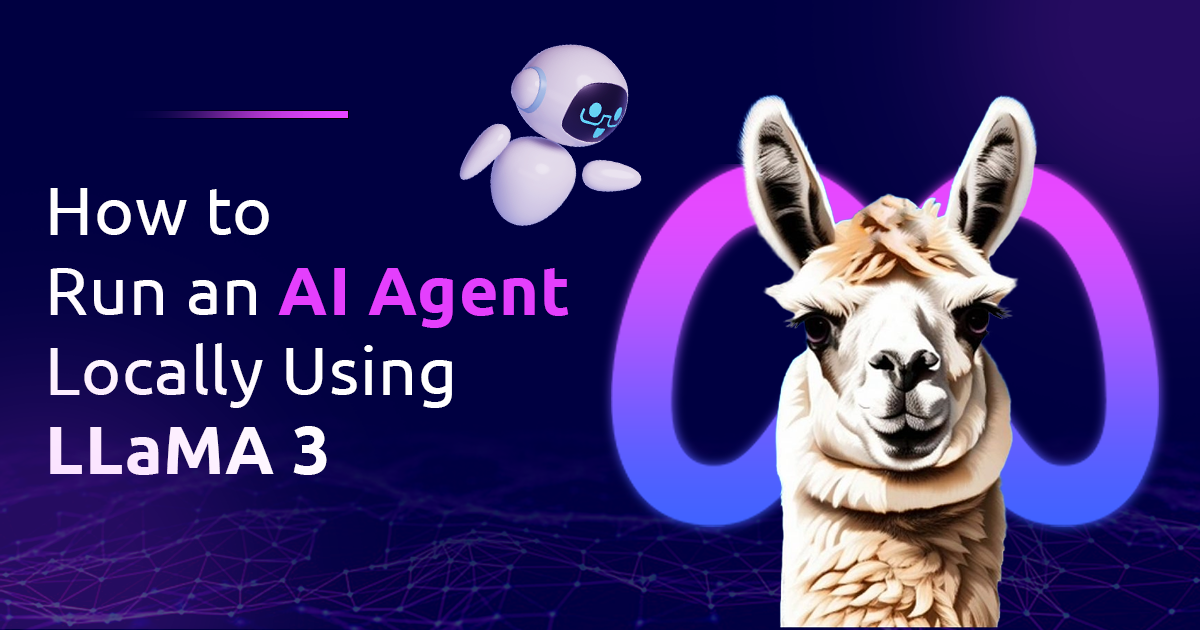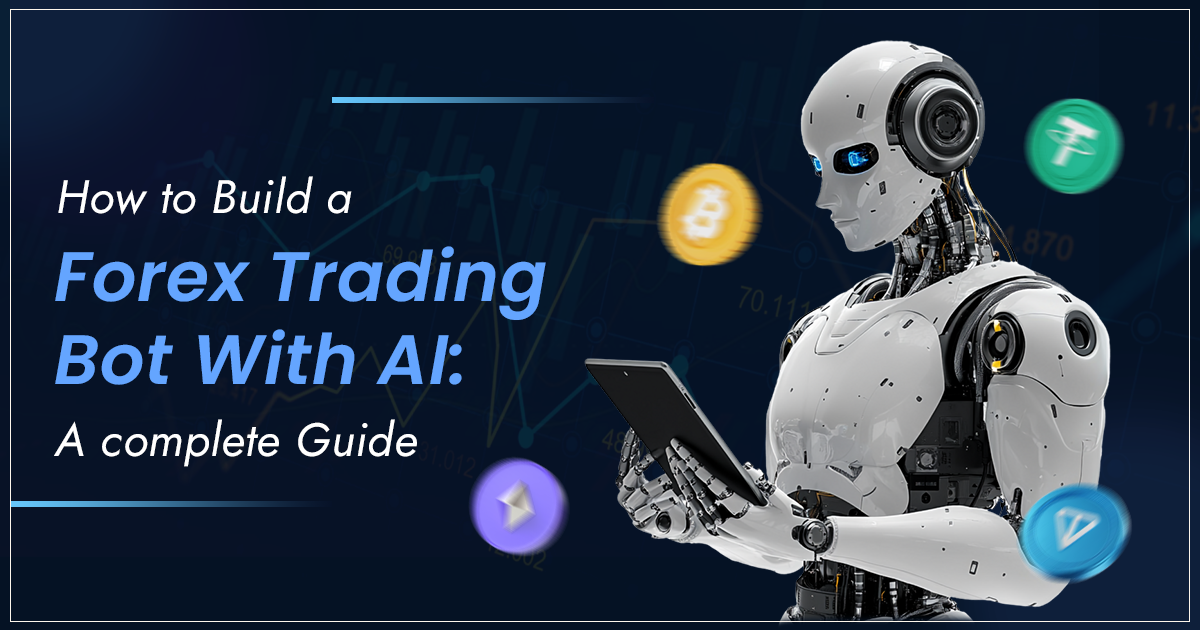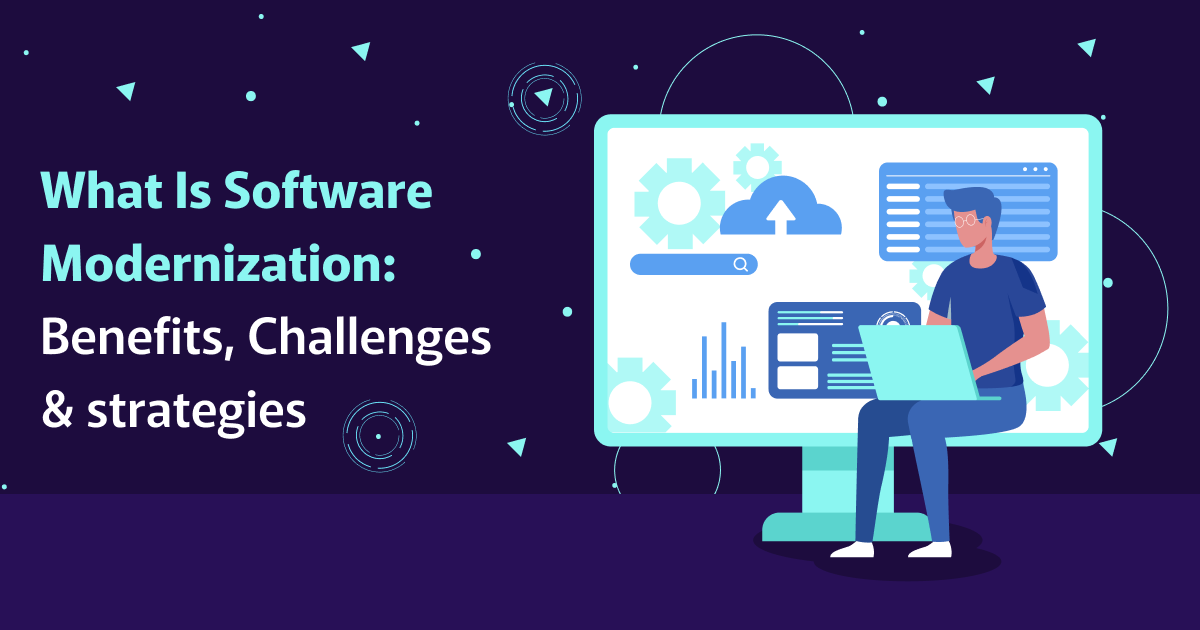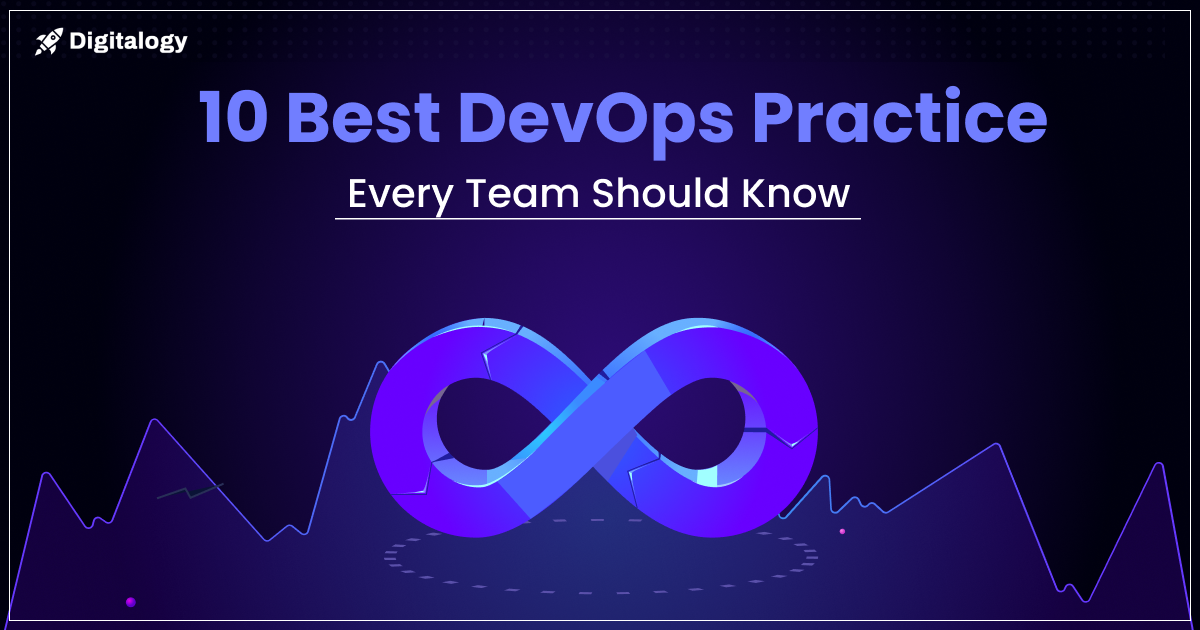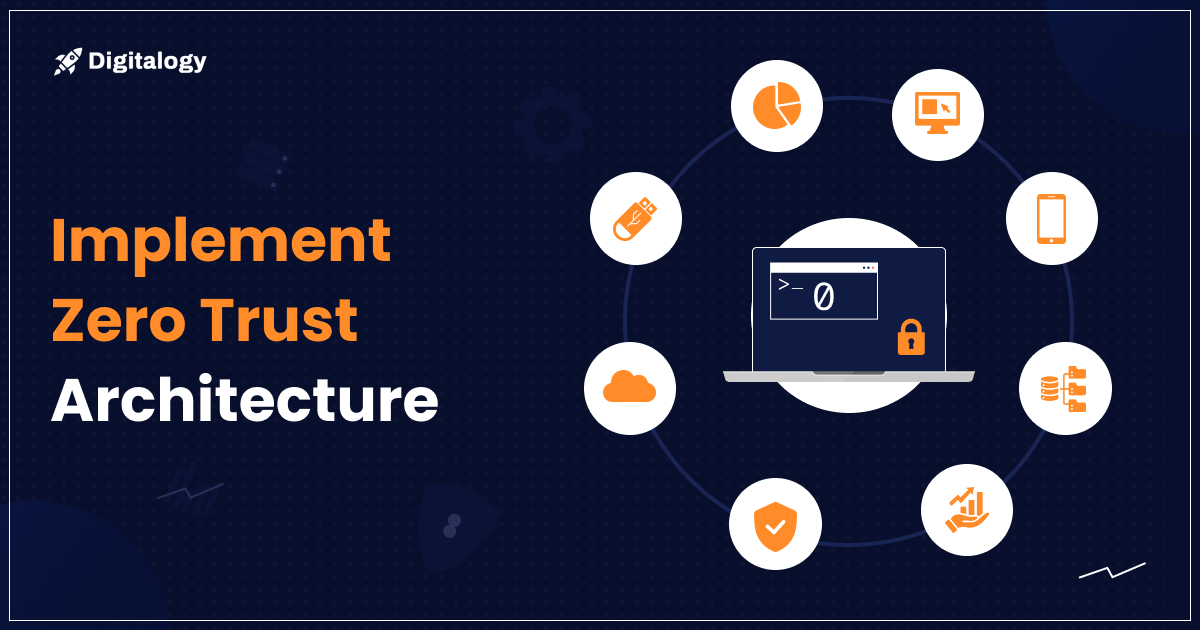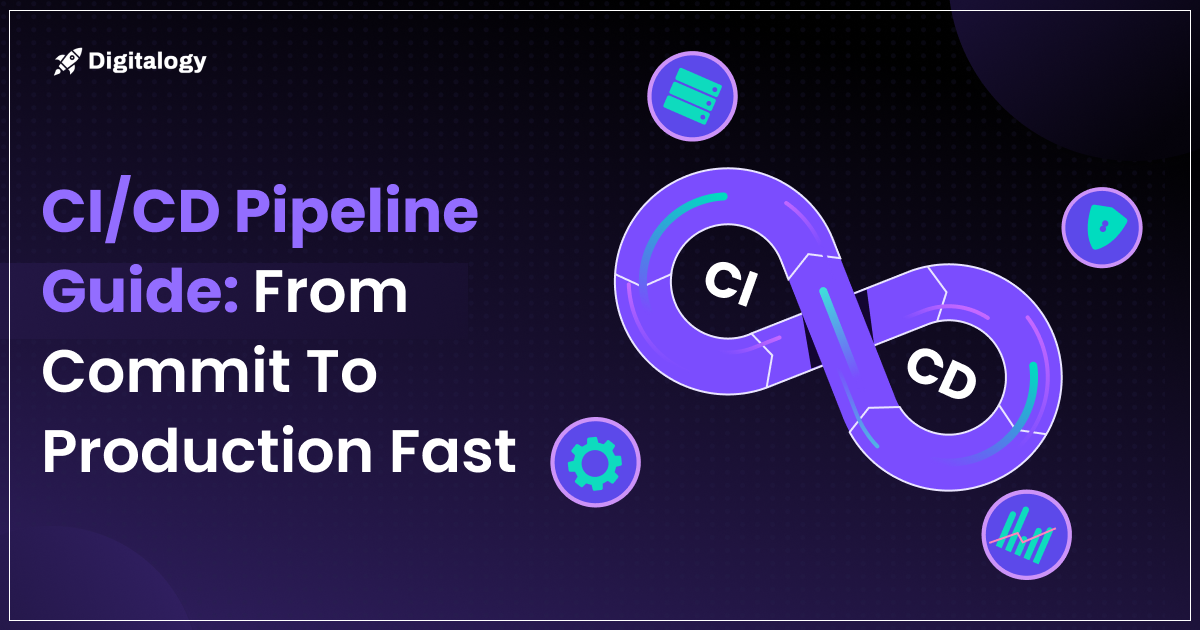The answer? Somewhere between a used car and a private jet.
In today’s AI-driven economy, building smart systems isn’t just for tech giants, but the price tag can vary wildly depending on what you’re building, who’s building it, and how you plan to keep it running. From lean prototypes to enterprise-grade solutions, this guide breaks down what drives the cost behind AI, no fluff, no jargon.
You’ll learn how data, infrastructure, talent, and long-term support shape your budget—and how to avoid five-figure surprises down the line. With 95% of companies reporting strong ROI from AI, this isn’t just about what you’ll spend—it’s about what you’ll gain.
Ready to budget smart and build right? Let’s break it down.
What Affects the Cost of AI Development?
AI budgets hinge on five major drivers.
- The project’s complexity
- The scope of data preparation
- The expertise of your team
- The choice between cloud and on‑premises infrastructure
- The level of ongoing maintenance required
These factors determine whether your build runs in the low tens of thousands or climbs into seven‑figure territory.
Complexity and Type of AI Project
Simple rule‑based tools—like a basic customer‑service chatbot—can start around $10,000. By contrast, deep‑learning systems for tasks such as real‑time facial recognition often run from $100,000 to over $1 million, reflecting the need for advanced algorithms and specialist expertise.
Data Requirements and Preparation
Quality data is the lifeblood of AI. Small‑scale projects might spend $10,000 on data acquisition and cleaning, while large initiatives can exceed $1 million to prepare, label, and secure datasets.
For example, gathering raw data costs $5,000–$20,000, formatting costs $10,000–$30,000, and labeling adds $15,000–$50,000.
Team Composition and Expertise
Hiring seasoned AI engineers commands higher salaries—U.S. AI engineers average around $90,000 annually—but often accelerates development and reduces costly rework.
Outsourcing, by comparison, can cost $70,000–$220,000 per full‑time equivalent annually, offering flexibility without the burden of in‑house hiring.
Infrastructure and Cloud Services
You’ll choose between cloud‑based pay‑as‑you‑go platforms (AWS, Google Cloud) and on‑premises hardware (GPUs, servers).
Cloud solutions avoid large upfront capital but can exceed hardware costs over time under heavy usage. On‑premises setups require significant initial investment but may offer predictable long‑term expenses.
Ongoing Maintenance and Support Needs
AI isn’t “set and forget.” You must budget for retraining, performance tuning, security updates, and version upgrades.
Basic systems run $100–$1,000 per month; intermediate setups $1,000–$3,000; advanced AI can exceed $5,000 monthly in maintenance alone.
AI Development Cost Estimates by Project Type
Different project scopes come with predictable price ranges. Proofs of concept typically land in the $10k–$50k range, MVPs around $50k–$200k, custom chatbots $20k–$80k, generative AI $100k–$500k, and full enterprise solutions often exceed $200k up to multiple millions. It also depends on the location—whether you choose a European software development company or one based in the United States.
Proof of Concept (PoC)
Low‑complexity PoCs—like proof that a chatbot can handle basic queries—start around $10,000–$50,000.
- Budget: $10,000–$50,000
- Goal: Validate the core AI idea or algorithm
- Scope: Basic model training with a minimal dataset
- Timeline: 4–6 weeks
- Outcome: Demo showing feasibility
MVP (Minimum Viable Product)
MVPs that demonstrate core AI features typically cost $50,000–$200,000, balancing functionality with budget constraints.
- Budget: $50,000–$200,000
- Goal: Showcase key AI features in a usable form
- Scope: Simple UI or API integration, limited functionality
- Timeline: 2–3 months
- Outcome: Early‑stage product for internal testing or pilot
Custom AI Chatbots
Building a fully tailored conversational agent ranges from $20,000 to $80,000, depending on language complexity and integration needs.
- Budget: $20,000–$80,000
- Goal: An interactive conversational agent tailored to your needs
- Scope: Natural language understanding, context management
- Timeline: 1–3 months
- Outcome: Chatbot integrated with your support channels or website
Generative AI Applications
For applications leveraging large language models (LLMs), expect to budget $100,000–$500,000. Token‑based pricing (e.g., GPT-4 at $30 per million input tokens and $60 per million output tokens) also factors into ongoing costs.
- Budget: $100,000–$500,000
- Goal: Leverage LLMs for content creation, summarization, etc.
- Scope: Prompt engineering, fine‑tuning, API costs (e.g., $30–$60 per million tokens)
- Timeline: 3–6 months
- Outcome: Prototype or production‑ready generative AI feature
Full‑Scale Enterprise AI Solutions
Complex, end‑to‑end systems integrating multiple AI modules often start at $200,000 and can exceed $1 million, reflecting extensive customization and scale.
- Budget: $200,000+ (up to $1 million+)
- Goal: End‑to‑end AI systems with multiple modules (vision, NLP, analytics)
- Scope: Data pipelines, scalable infrastructure, security, compliance
- Timeline: 6–12+ months
- Outcome: Fully integrated, enterprise‑grade AI platform with SLAs
Detailed Breakdown of AI Development Costs
AI budgets are typically divided into five major categories: data, model development, infrastructure, integration and testing, and post‑launch maintenance.
Allocating roughly 25–35% for data work, 30–40% for modeling, 10–20% for cloud or hardware, and the remainder for integration and upkeep helps ensure you cover all bases.
Data Acquisition and Cleaning
- Raw Data Gathering: $5,000–$20,000
- Data Formatting & Inaccuracy Removal: $10,000–$30,000
- Labeling for Supervised Learning: $15,000–$50,000 annually
Model Development and Training
- Algorithm Design & Prototyping: $20,000–$100,000
- Compute Resources (GPUs, Cloud Instances): Variable—can run $10,000 monthly under heavy usage.
Infrastructure and Tools
- Cloud AI Services vs. On‑Premises Hardware: Upfront and operational costs vary. Cloud fees accumulate over time, while hardware requires capital expenditure.
- Dev Tools & Frameworks: $10,000–$50,000 for licenses, integrations, and specialized software.
Integration and Testing
- API Development & System Compatibility: $20,000–$100,000 to connect AI modules to legacy systems.
- Quality Assurance & UAT: $10,000–$30,000 for test planning, scripts, and bug fixes.
Post‑Launch Support and Maintenance
- Monthly Monitoring & Updates: $100–$5,000 per month, depending on complexity.
- Annual Review & Enhancements: 15–20% of initial development cost, covering performance tuning and feature tweaks.
Cost Optimization Strategies for AI Projects
You can trim budgets by focusing on lean MVPs, leveraging existing models, choosing flexible cloud services, partnering with specialists, and planning for sustained maintenance. These tactics collectively reduce waste and accelerate time‑to‑value.
Starting with an MVP
Launching a lean MVP for $50,000–$200,000 lets you test your most critical AI features on real users without committing to a full build.
While gathering feedback and usage data, you focus on core functionality, such as a basic recommendation engine or chatbot flow. This approach helps you spot design or performance issues early, refine requirements, and secure stakeholder buy‑in before scaling up.
Using Pre‑Trained or Open‑Source Models
Leveraging frameworks like TensorFlow or PyTorch and their freely available, pre‑trained models slashes development time and effort.
You can fine‑tune an existing vision or language model on your data rather than starting from scratch. Costs are limited to customization, integration, and compute for retraining, making this a cost‑efficient path for many common AI use cases.
Leveraging Cloud AI Services
Pay‑as‑you‑go cloud services remove the need for large upfront hardware investments. You provision GPU or TPU instances only when needed, elastically scaling capacity to match peak training and inference loads.
With proper monitoring and cost controls, you avoid surprises in your monthly bill and can shift resources quickly as project demands evolve.
Outsourcing to AI Development Partners
Partnering with specialized AI vendors—at roughly $70,000–$220,000 per FTE annually—gives you access to deep expertise without the overhead of recruiting and training in‑house.
These teams bring battle‑tested methodologies, domain knowledge, and existing toolchains to speed delivery. You retain the flexibility to scale the engagement up or down based on project milestones and shifting priorities.
Budgeting for Long‑Term Maintenance
AI models require continuous monitoring, retraining, and infrastructure upkeep to stay accurate and secure. Each year, allocating 15–20% of your initial development budget covers performance tuning, data refreshes, security patches, and version upgrades.
This proactive funding prevents technical debt, ensures compliance with evolving regulations, and sustains ROI over the solution’s lifetime.
Is Building an AI Solution Worth the Investment?
Most organizations find that AI’s efficiency gains, deeper insights, and revenue opportunities far outweigh development and maintenance costs, especially when you account for risks like licensing fees or compliance.
ROI Considerations
Most organizations see clear payback from AI investments. Data‑driven insights accelerate decision‑making, letting teams pivot faster and optimize operations.
With new revenue streams—like personalized upsells or predictive maintenance—AI often pays for itself within months.
Hidden Costs to Watch Out For
Beyond development, budget for ongoing licensing fees (for APIs or proprietary models) that can run into tens of thousands annually. Compliance with data‑privacy regulations often requires legal review and secure infrastructure, adding time and expense.
Don’t forget change‑management costs: training staff, updating workflows, and maintaining user adoption all carry price tags that can catch unprepared teams off guard.
Long‑Term Business Value of AI
Well‑implemented AI becomes a strategic asset: it uncovers patterns invisible to human analysts, slashes error rates, and fuels product innovations that competitors can’t easily replicate. Over time, these capabilities translate into stronger customer loyalty, reduced operational risk, and clear market differentiation—delivering value far beyond the initial project’s scope.

